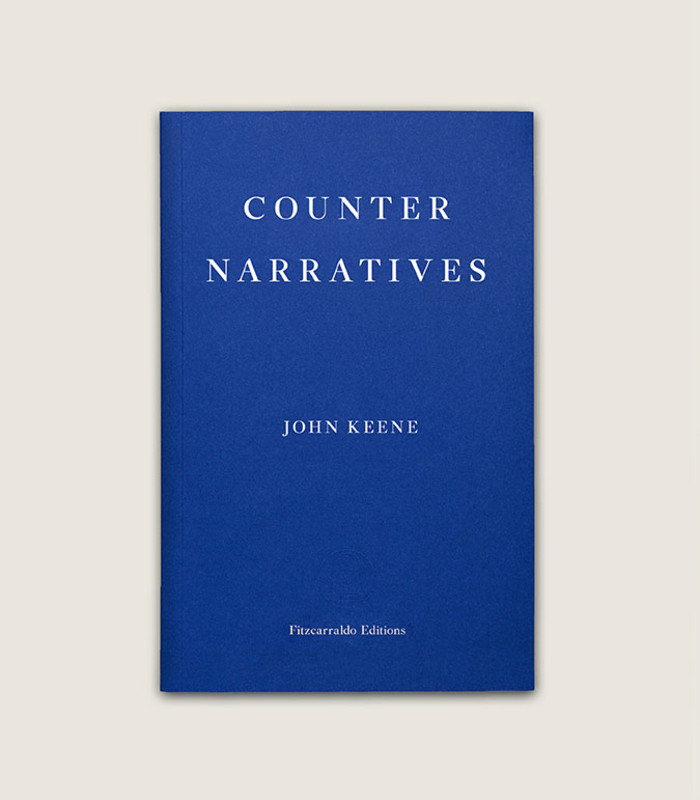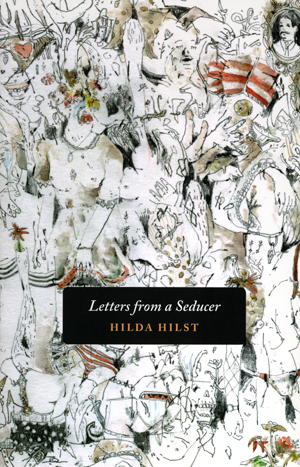***
Here's an interview she gave to a Russian TV station. I still mean to post my fourth set of notes about Cuba, which will include my thoughts and experiences concerning LGBTQ issues during my trip.
***
A week ago I went to see the "Between Collaboration and Resistance: French Literary Life Under Nazi Occupation," at the New York Public Library," which Edward Rothstein reviewed last month in the New York Times, and it got me thinking about the other notion of collaboration, the perjorative one, which this exhibit presented in vivid material form. I found myself mulling not only the trajectories of the many figures who belonged to or participated in the official Resistance or engaged in unofficial resistances, but also reflecting on odious figures like Maurice Barrès and Robert Brasillach, who openly embraced the Germans, fascism and anti-Semitic, and tragic cases like that of Irène Nemirovsky, a brilliant Russian-French Jewish writer whose work not only included notorious pre-War anti-Semitic portraits but who attempted to save herself by publishing her work in anti-Semitic magazines and pleading her case to Marshall Henri Pétain himself (both she and her husband died at Auschwitz). One of the most remarkable pieces in the exhibit is the original manuscript of her two novellas that constitute Suite Française, which her daughter did not find stored in a trunk until many years later; its publication met with almost universal praise.
What the exhibit demonstrates is that the reality was not black-and-white; there were writers who actively fought not only the French regime but the German one; figures whose perspective shifted during the war years; writers who worked clandestinely while overtly giving little to no sense of their opposition; and others, like Jean Cocteau, who accommodated the Vichy regime and were able to work productively without great censure (during the Vichy years Cocteau produced two books of poetry, a novel, a screenplay, three plays, and a book of criticism on El Greco, giving lie to his reputation as the "Frivolous Prince"). A bit surprising and upsetting were the expressions of excitement, by otherwise non-right-wing figures like Paul Valéry, at France's defeat, and the possibility of "something new," mirroring the belief in an awakening and renewal that some notorious German figures (Martin Heidegger comes to mind) felt upon the Nazi takeover of the German government. My thoughts echo Rothstein's; as I walked through the exhibit I found myself thinking especially about when the valences and ethics of silence in the face of the world's horrors, and when silence could not be chalked up as anything but a form of collaboration, which is to say; how writers and other creative figures have subverted officialdom and registered resistance and protest, sometimes in very subtle ways; the dangers of ever allying fully with any politicians (as opposed to being skeptical and critical even when they share ideological affinities) or political movements; and how the events of of this period, and the lessons we might draw from them, are still applicable today.

The entrance exhibit

The exhibit (one of Valéry's daybooks is on the left)

Christian Dotrement, "Postcard to Paul Eluard"






I recently saw your post about visiting the NY Public Library. I wanted to pass along some information on an exciting exhibition about Irène Némirovsky's life, work, and legacy at the Museum of Jewish Heritage —A Living Memorial to the Holocaust in New York City. Woman of Letters: Irène Némirovsky and Suite Française, which will run through August 2009, includes powerful rare artifacts —including the valise in which the original manuscript for Suite Française was found, as well as many personal papers and family photos. The majority of these documents and artifacts have never been outside of France. For fans of her work, this exhibition is an opportunity to really “get to know” Irene. And for those who can’t visit, there is a special website devoted to her story www.mjhnyc.org/irene.
ReplyDeleteThe Museum will host several public programs over the course of the exhibition’s run that will put Némirovsky’s work and life into historical and literary context. Book clubs and groups are invited to the Museum for tours and discussions in the exhibition’s adjacent Salon (by appointment).
It is the Museum’s hope that the exhibit will engage visitors and promote dialogue about this extraordinary writer and the complex time in which she lived and died. To book a group tour, please contact Chris Lopez at 646.437.4304 or clopez@mjhnyc.org.
Please visit our website at www.mjhnyc.org for up-to-date information about upcoming public programs or to join our e-bulletin list.
Thanks for sharing this info with your readers. If you need any more, please do not hesitate to contact me at hfurst@mjhnyc.org
Dear Hannah, thanks for the suggestion about the Némirovsky exhibit. I will view it when I return for the summer, and aim to write a little something about it.
ReplyDelete